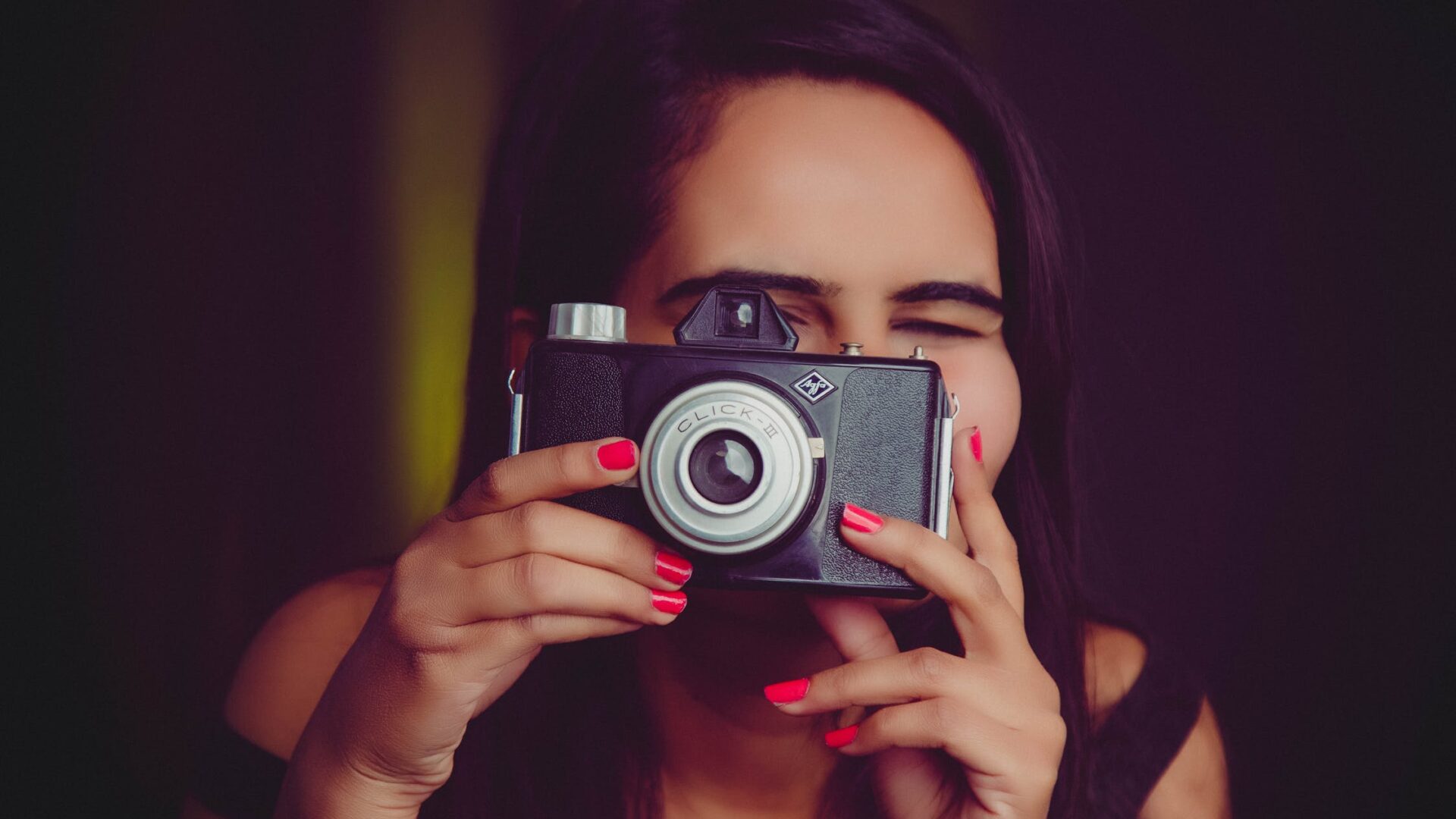Shooting glass products can be a very difficult task. Such a project is characterized by unwanted reflections, lack of detail, etc. This means that a sufficient level of professionalism and understanding of working with light is essential. Before taking on commercial projects, hone your skills on creative shoots and read the top 5 mistakes beginners make when shooting glass products.
Dusty and dirty surfaces
Beginning photographers often start shooting an item without first preparing it. Usually, there is dust and fingerprints on the glass after shipping, even in branded packaging. And if the photographer shoots without a monitor, then all the flaws are already visible after the shoot, which leads to significant time spent on retouching.
In order to avoid such a mishap it is recommended to do the following actions:
- Conduct a wet cleaning in the studio.
- Wipe each piece of glass with a lint-free wipe just before the shoot.
- Use cloth or nylon gloves when handling products (we don’t want our own prints).
- Have a blower or canister of compressed air handy if you need to blow away pesky dust.
I strongly recommend to shoot with a screen so that it is more convenient to view the pictures on a larger format and to spot the defects straight away.
Bad Lighting
During the photography course we regularly emphasize that light is of great importance. But alas, beginner photographers do not pay enough attention to the setting of light, its balance. And when it comes to taking pictures of glass products, where you can observe the internal reflections and refractions of light, unprofessional light setting will simply ruin the frame.
For glass products made of transparent colorless glass the backlighting is perfect, as it will perfectly emphasize the contour of the product. For frosted and colored glass you need to choose a scheme of light for the specific characteristics of the product and its degree of light transmission.
One of the peculiarities of working with glass is the presence of reflections from the light source, and in some cases even reflections from the interior of the studio. If this is acceptable, you can treat the glass with an anti-reflective spray, which will make them matte and less noticeable.
Unfortunate angles
Since glass reflects and refracts light, it is important to choose the right angles for taking pictures as well as the right lighting. Sometimes you have to tilt the camera or move it off the vertical axis. Remember a simple rule – the angle of incidence of light on a surface equals the angle of its reflection. Simple geometry will help to avoid unnecessary glare and reflections.
Poor retouching
When it comes to photography for brands, it is important not only to be able to take the right shot, but also to retouch it properly. Alas, there are no perfect products, which means that even on premium glass products we will find defects, scratches, blotches, to which we can safely add unwanted glare or dark spots. These defects need to be carefully eliminated and, at the same time, preserve the realism and authenticity of the product.
To optimize the workflow, it is better to delegate the stage of image processing to a professional retoucher. And your task as a photographer is to set the correct task and understand which defects are better to fix on the shoot and which ones are better to fix on the post.
Lack of practice
As you have realized, shooting glass is quite a complicated and labor-intensive activity. And accordingly, it pays more. Beginners grasp at such work, not understanding all the difficulties involved, and then problems with the client begin. Once again, practice on their creative projects, take pictures for stock, and only then take up commerce. Otherwise you risk ruining your reputation and your “word of mouth” will not work.
The other side of inexperience is lack of judgment. Fortunately, not always the client needs a catalog shoot on white, not infrequently they want image shooting for social media and advertising. And this is where you need to keep an eye on current trends in photography, and the work of your colleagues. So practice. Invest in your skills and equipment. Good luck!
